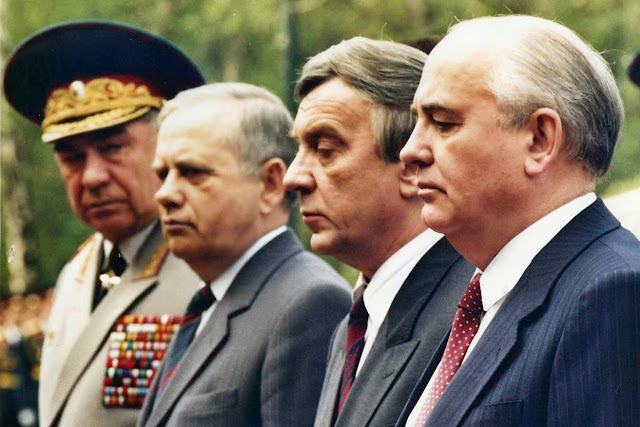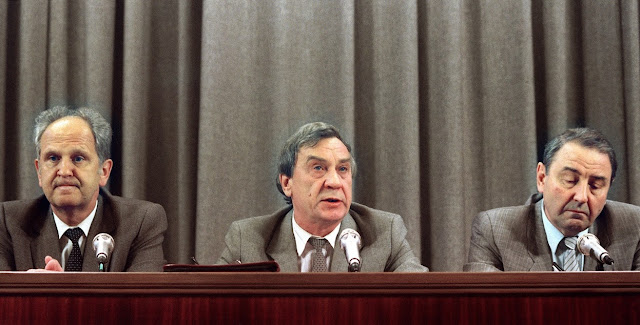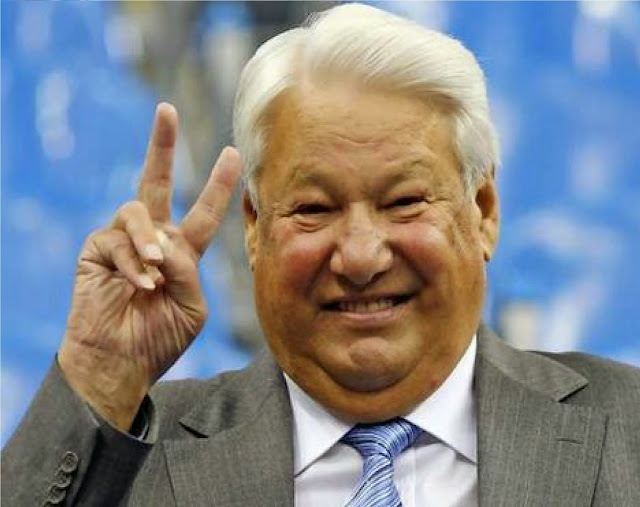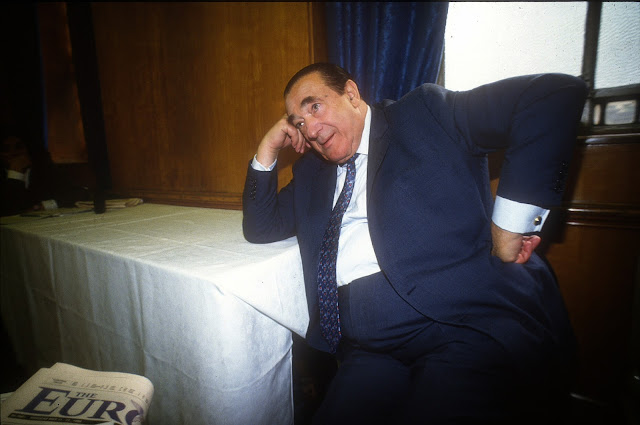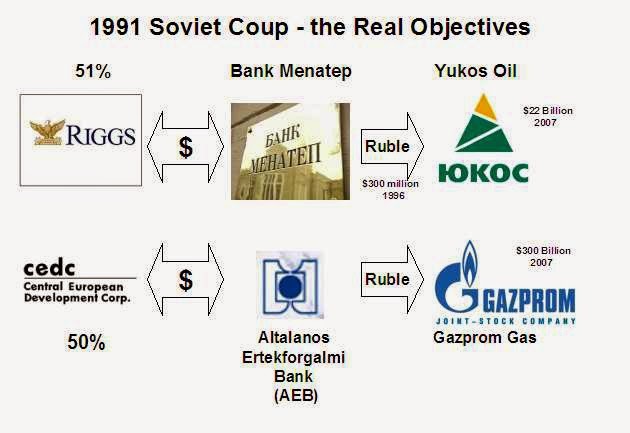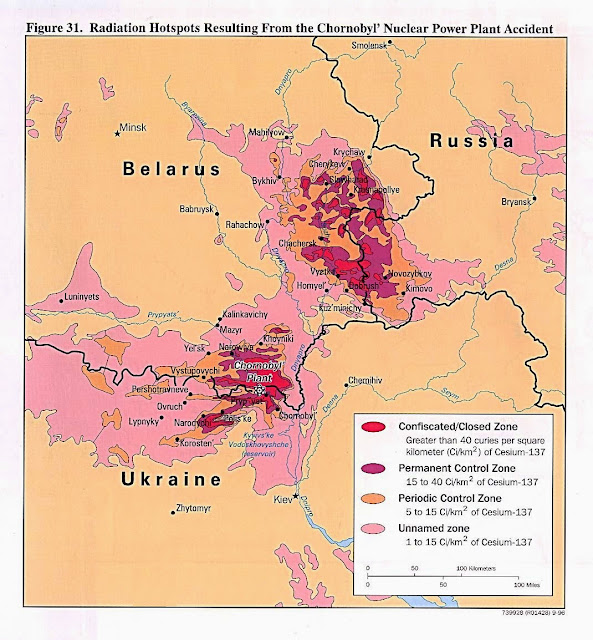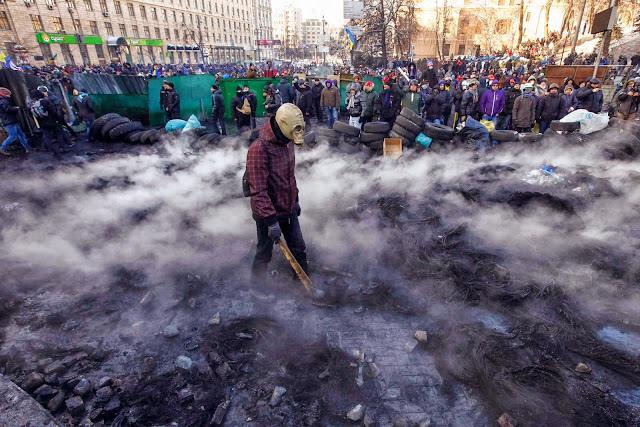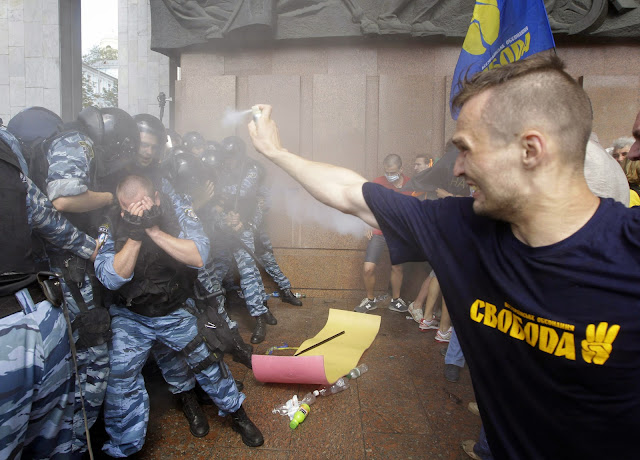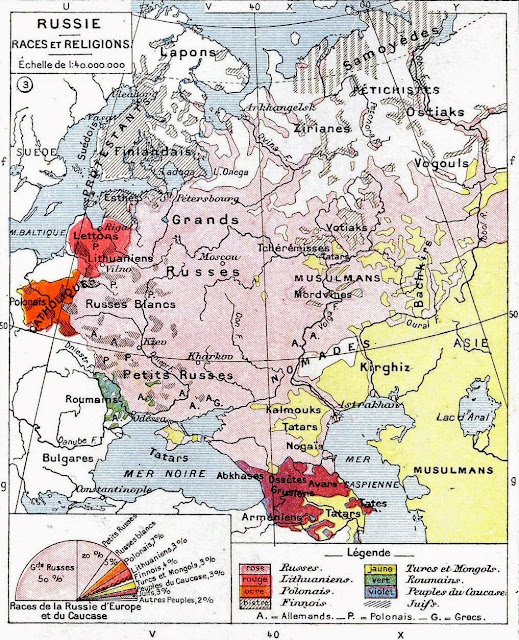In preparation for their war against Communism, and in the years leading up to the failed – or faux – coup of August 1991 which initiated the last days of Gorbachev and the rise of Yeltsin, Bush and a cadre of rogue KGB officials built a complex international network of banks and holding companies that would be used to takeover ownership of the Soviet economy. Over 300 of these KGB traitors who supported this operation would later be re-located to the US in the early 1990s and pensioned. [111] Periodic CIA reports to Congress would review KGB and organized crime complicity in the takeover of Russia by criminal elements, but all mention of the formidable role of the U.S. would be expunged from Congressional oversight and the public record. [112]
In the first phase of the economic attack on the Soviet Union, George Bush authorized Leo Wanta and others to destabilize the ruble and facilitate the theft of the Soviet/Russian treasury. This would result in draining the Russian treasury of between 2,000 to 3,000 tonnes of gold bullion, ($35 billion at the time). [113] This step would be critical to prevent a monetary defense of the ruble and destabilize the currency. The gold was ‘stolen’ in March of 1991, facilitated by Leo Wanta and signed off by Boris Yeltsin’s right hand man. The majority of the leaked reports from the CIA and FBI suggest the theft of the Russian treasury was a KGB and Communist party operation, but what those reports omitted was the extensive involvement of Boris Yeltsin, the U.S. CIA and the U.S. banking industry.
A key player on the Soviet side of this theft with Wanta was Gregori (a.k.a. Georgy, Georgii) Matyukhin, former KGB official who had been made the first Chairman of the Central Bank, and after the collapse of the economy, was made to resign “for health reasons”. [114] In fact, it was Matyukhin who authorized large capital transfers to Chechnya, the source of the Chechen ‘advice notes’ that Kozlov attributed to as the source of the theft of the Soviet Treasury.
“It all began in the summer of 1991 when Ruslan Khasbulatov, First Deputy of Boris Yeltsin who was then Chairman of the Supreme Soviet of the RSFSR, decided to help his fellow countrymen and instructed head of the Central Bank of the RSFSR Grigory Matyukhin to provide peasant farms in Chechnya with credits…. after the fulfilment of Khasbulatov's assignment, the tiny republic became the largest issuer in the RSFSR. The share of the incomes of the population paid through money printing exceeded 40% (17% on average across the country). The cash sums received by co-operatives in banks exceeded the cash which they returned by 50 times, which was also far above the level of other territories.” [115]
Later, it was discovered that Matyukhin was actually working for the CIA. [116] In the second phase, Wanta, George Soros and a group of Bush appointees would begin to destabilize the ruble. There were two major operations: the largest was coordinated by Alan Greenspan, Oliver North, and implemented by Leo Wanta. They are accused of fronting $240 billion in covert securities to support the various aspects of this plan. [117] These bonds were created (in part or in whole) from a secretive Durham Trust, managed by ex- OSS/CIA officer, Colonel Russell Hermann. This war chest had been created with the Marcos gold and possibly augmented by illegal inverted yield curve gains on the collateral held by the U.S. during the global debt resettlement on 1989. [118]
The coup would be the third phase. The KGB was well aware of President Bush’s eagerness to see a collapse of Gorbachev. Many who observed the coup described it as faux coup, which was never intended to succeed Yeltsin himself writes in his memoirs that the coup was actually a veiled, pro-Yeltsin coup. [119] The generals who conducted the coup said the same. [120]
The 1991 coup against Gorbachev was engineered by KGB General Vladimir Kruchkov [121] who reported to General Victor Cherbrikov. Both of these men were business partners with Robert Maxwell, a British financial mogul, a documented Israeli secret service agent, and a representative of U.S. intelligence interests. Maxwell assisted Cherbrikov in selling military weaponry to Iran and the Nicaraguan Contras during the course of the Iran Contra deals, and made hundreds of millions of dollars available to Cherbrikov’s Russian banks. [122]
Shortly before the attempted coup of 1991, Maxwell met with KGB General Vladimir Kruchkov on Maxwell’s private yacht. [123] A year earlier, it had been Maxwell that initiated the dialogue about a coup with Kruchkov. [124]
In the same month as the coup, Maxwell was in Russia and received $780 million dollars from the CIA via the Israelis to pass on to General Kruchkov. [125] Maxwell’s chief U.S. connection was Senator John Tower, who was long time confidante of George H.W. Bush and participant in the October Surprise.
After his Senatorial career, Tower actually worked for Maxwell on the Board of one of Maxwell’s smaller publishing firms - Pergamon-Brassey. In this operation, Maxwell was supported by a former four star general, a retired U.S. Air Force General and a retired British Major General.[126]
It was Tower who released a statement exonerating Bush from involvement in the October Surprise before the Tower Commission had interviewed even a third of the scheduled witnesses. This statement is now seen as all the more brazen in that the commission was provided with eye-witness testimony from two individuals who said they saw Bush at the meeting, as well as being provide a list of 16 more witnesses and a video-tape. [127] [128]
Tower had arranged for the Israeli government to provide a $1 billion dollar loan to Maxwell in 1988, [129] and given the generosity of U.S. financial aid to Israel, it might be fair to argue this was a pass-through loan. [130]
Tower had introduced Maxwell to George Bush in 1976, for the sole purpose of using Maxwell as an intermediary between Bush and the Soviet Intelligence. [131] Shortly after the coup, Maxwell died mysteriously on his yacht after attempting to blackmail the U.S. and Israeli intelligence operations. It is widely rumored that he was assassinated by either CIA or Mossad agents in lieu of them delivering his expected blackmail payment. Maxwell’s link back to George Bush died just as mysteriously.
Senator Tower died in a plane crash and under suspicious circumstance in April of 1991. Maxwell’s wife was advised by a CIA agent to discourage any investigation into her husband’s death if she valued her life. [132] The audio tapes he kept of his phone calls with Kruchkov disappeared. [133]
The coup was presented by the media as the haphazard, poorly organized effort of dissident hard-liners, suggesting a group of senior, hardened military officials got drunk, and in a moment of absent-mindedness, decided to overthrow the government.
“The accounts reportedly given by the three imprisoned plotters suggest that their coup was haphazardly planned. Mr. Pavlov, for example, said the plotters simply hoped that the Supreme Soviet would approve their action and that afterward "things would be worked out." Mr. Yazov said that at a key meeting on Aug 18 at which the coup was planned, he, Mr. Kryuchkov and a third plotter, Boris K. Pugo, former Interior Minister, who later committed suicide, were all drunk. Mr. Pavlov told his interrogators that he also consumed "quite a decent amount of alcohol" at that meeting. “ [134]
It was widely reported that three of the nine primary conspirators committed suicide after the failed effort. What was rarely mentioned was that two of these senior veterans were thrown out of windows, and a third – Boris Pugo, shot himself in the head three times.
“What's the hardest way to kill yourself? Three bullets to the head certainly ranks. According to Moscow police sources, that was the actual cause of death for coup conspirator Boris Pugo, the Soviet Interior Minister who was officially described as having "committed suicide" when the August putsch fizzled. As for two other top Communist officials reported to have killed themselves by leaping from windows, sources say they probably were pushed in order to silence them. They apparently knew too much about the smuggling of Communist wealth out of the country as the party collapsed.” [135]
The only individual officially linked to the death of Boris Pugo was Viktor Erin, the KGB officer personally involved in the ‘arrest’ of Boris Pugo [136] Erin would later become a General Director for Bank Menatep, and be accused of loan fraud and theft, as part of Putin’s crackdown on the Yeltsin gang. [137] Rather than being a coup about ‘policy and honor,’ like so many events linked to Project Hammer, the coup was all about the money. The CIA was moving hundreds of millions of dollars to the Generals before the coup through Robert Maxwell. [138] The people who could best explain the transactions were apparently murdered. The group responsible for the murders are then later linked via Bank Menatep to the financial groups that funded the coup. As for the other traitors in the coup, they were all released from prison two years later by Yeltsin. [139]
The coup actually seems to have been a long time in the making, with Yeltsin having discussed the coup with Bush during his visit to the United States in June of 1991. [140] That same summer, Yeltsin dined ‘discretely’ with the Chairman of the New York Federal Reserve, Gerald Corrigan, while the rest of the Moscow mission dined with Gorbachev. [141] The discussions prompted by Maxwell with Kruchkov regarding Kruchkov’s interest in a coup are dated to the summer of 1990. [142]
The coup began the dissolution of the Soviet Union [143] and the beginning of the reign of Boris Yeltsin and his ‘family’ of Russian Mafiya Oligarchs, and President Nursultan Nazarbayev of Kazakhstan. At that point, the two out of three votes required to dissolve the Soviet Union were in the pocket of President George H.W. Bush, those being the votes of Yeltsin and Nazarbayev.
In the final phase, a series of operatives assigned by President George H.W. Bush would begin the takeover of prized Russian and CIS industrial assets in oil, metals and defense. This was done by financing and managing the money-laundering for the Russian oligarchs through the Bank of New York, AEB and Riggs Bank. All of them, notably Blackstone Investment, would be out to line their own pockets. [144] Blackstone would ultimately turn out to be the investor behind Larry Silverman’s purchase of Building 7 of the WTC six weeks before the September 11 attack. [145] By controlling financial interest in the loss of the WTC, this group could quiet any investment community demand for investigations into the criminals behind the WTC attack.
A closer look at other activities leading up to these phases makes it clear that is was a U.S. orchestrated intelligence effort from the beginning. The economic war also involved Gerald Corrigan of the NY Federal Reserve Bank, George Soros, an international currency speculator who was responsible for crashing the British pound a few years earlier, former Ambassador to Germany R. Mark Palmer, and Ronald Lauder- financier and heir to the Este Lauder estate. Palmer and Lauder would lead a group of American investors in an Operation called the Central European Development Corporation, and combine forces with George Soros and the NM Rothschild Continuation Trust. [146] This group ending up controlling Gazprom, the Russian natural gas giant, while the Riggs group ended up controlling Yukos, the oil giant. Ownership for both remains largely ‘hidden’ today, and its front men enduring the hardships of the Russian wrath by spending time in prison.
In 1988, Riggs Bank, under the direction of Jonathon Bush and J Carter Beese, would purchase controlling interest in a Swiss company named Valmet. Stephen Curtis, a lawyer from Dubai, controlled Valmet. Curtis died in a helicopter crash in 2005, shortly after telling a friend that if he died in the near future, it would not be an accident.[147] In early 1989, the new subsidiary of Riggs called Riggs-Valmet would initiate contact with a group of KGB officers and their front-men to start setting up an international network for moving money out of the former Soviet block countries. [148] In 1989, Jonathon Bush as an ‘official’ representative of his brother, would tour Eastern Europe and the Ukraine. In November 1989 George H.W. Bush appears to have arranged for Alton G. Keel Jr, a former National Security Agency Director and a minor player in the Iran-Contra scandal, to go to work at Riggs Bank, where Jonathon Bush – George’s brother was an executive Vice President. Keel would head up the International Banking Group. [149] This bank would later be used to funnel money to mujahedin terrorists in Bosnia by Richard Perle, [150] but for now, its target was to become the controlling owner of a small Swiss bank operation known as Valmet. The Riggs-Valmet operation, as it became known, would become the ‘consultants’ to the World Bank and to several KGB front operations run by future Russian oligarchs Khordokovsky, Konanykhine, Berezovsky and Abromovich. The Riggs-Valmet agents would advise the top four oligarchs in how to construct their vast money laundering schemes, and would provide guidance to western investors by touring Russian oil and gas operations to provide guidance on investing. [151] These soon to be Russian oligarchs had been set-up as front men by KGB Generals Aleksey (a.k.a. Alexei) Kondaurov; and Fillipp (a.k.a. Phillip) Bobkov, who would also sponsor Anton Surikov, also reported as an agent for Western Intelligence. [152] Both Kondaurov and Bobkov previously reported to Victor Cherbrikov, who worked with Robert Maxwell. Both Bobkov and Kruchkov (the August coup leader) were ideologically aligned [153], and worked together on structuring the Communist Parties economic activities starting in October 1990. [154] Kondaurov and Alexandre Konanykhine would bring a here-to-fore unknown politician and construction foreman named Boris Yeltsin from the hinterlands of Russia to the forefront of Russian politics through generous campaign financing, providing 50% of Yeltsin’s campaign funding. In the meantime, Riggs Bank was quickly solidifying banking relations with a couple more of the old Iran-Contra scandal participants: Swiss bankers Bruce Rappaport, and Alfred Hartmann. It is through this group that George Soros was engaged, who then opened a second front assault on the ruble. Rappaport and Hartmann would also extend their operations network to include of the Bank of New York, and from Israel, The Eisenberg Group. It is at this stage of the operation that three more groups would be brought into the plan by Rappaport and Hartmann: The Russian Mafiya, the Israeli Mossad, and the Rothschild family interests represented by Jacob Rothschild.
Soros and Rapport would ensure that the Rothschild financial interests would be the silent backers for a number of the undisclosed deals. By example, ten years later when Vladimir Putin sent Khordokovsky to prison for money laundering and tax evasion, Khordokovsky would identify Jacob Rothschild as his major silent partner, and ‘sign over’ his shares in the oil giant Yukos to Rothschild before he went to prison. [155] The Rothschild interests would also been seen on the board of directors of Barrick Gold, which may have been used to launder Russian and Philippines treasury gold, and later on the Board of the mercenary operation Diligence whose Russian arm would be a Russian mercenary operation known as Farwest Ltd. [156] Farwest was controlled by Anton Surikov, another ex KGB/CIA agent sponsored by Bobkov and Kondaurov.
Rappaport would also introduce an American gentleman named “Bob Klein” to the Russians and his Bank of New York partners. Klein worked with the operation for several years, and when the Feds began its inquiries into the Bank of New York money-laundering scandal in the late 1990s, no one could prove Bob Klein ever existed, and he simply vanished. [157] No one ever thought to suggest that the presence of this “spook” indicated this was an intelligence operation from the very beginning.
In the fourth phase of the secret war, the Enterprise worked on several fronts to take over key energy industries. On the Caspian front of this economic war, James Giffen was sent to Kazakhstan to work with President Nazarbayev in various legal and illegal efforts to gain control of what was estimated to be the world’s largest untapped oil reserves -Kazak oil in the Caspian. Despite much testimony to the contrary, the U.S. government would deny that Giffen was working on its behalf. [158]Giffen would later be tried in the U.S. for money laundering and corrupt practices. Giffen was convicted but apparently never sentenced. This is a common technique used by the U.S. Department of Justice where the silence of the convicted party is required. The illegal flow of money from the various oil companies would reach a number of banks. These same oil interests would engage March Rich and the Israeli Eisenberg Group, owned by one of the Mossad’s key operatives, Shaul Eisenberg, to move the oil. (The Eisenberg Group would at some point own almost 50% of Zim Shipping, which mysteriously and inexplicably moved out of the World Trade Center a few weeks before the September 11, attacks.)
Meanwhile, across the Caspian Sea, Bush had assigned a wide array of former Iran-Contra operatives to take a role in Azerbaijan, with the thought of
- disrupting the flow of oil to Russia,
- creating an opportunity to build a pipeline from the Caspian to the Black Sea, and
- taking over rights to oil plots on the western shelf of the Caspian.
Initially, he sent in the covert operatives Richard Armitage and Richard Secord who worked with their old colleague from the Mossad, David Kimche, and their old arms running colleagues Adnan Kashoggi and Farhad Azima to hire, transport, and train several thousand Al Qaeda mercenaries to fight on behalf of the Azeri freedom fighters! [159]Osama Bin Laden was reported to have been part of this mercenary force set up Armitage and Secord. [160] Osama Bin Laden had been retained by the CIA to recruit Afghan mercenaries starting in 1979. [161] The recruiting role would later be transferred from Bin Laden to a company called the Allied Media Corp. [162] Coincidentally, the Allied Media Corp. would be linked through the Moroccan American Chamber of Commerce to Hassan Erroudani, a Florida business partner of Mohammed Atta, the agent reportedly responsible for the September 11th attacks. In a second wave of the Azeri operation, Bush would support the creation of the US Azerbaijan-American Chamber of Commerce and its Advisory Board which included Dick Cheney, Richard Armitage, Richard Perle and Karl Mattison of the Riggs Bank. [163]
Those were the major operations launched to collapse the Soviet economy and take over it’s key assets. These operations were assisted by a range of allies of the Bush strategy, and traitors to the Soviet Union. As the Soviet Union collapsed, they would line their own pockets, and those of their western backers. On the Soviet – Russian side of these activities, the record shows that the early oligarchs were sponsored and protected by two KGB Generals:
- Generals Aleksey (a.k.a. Alexei) Kondaurov;
- Fillipp (a.k.a. Phillip) Bobkov.
Basayev would be reported to be paid by Far West to wage Muslim attacks on Russian civilians. [168]Adnan Khashoggi was reported to be the intermediary for that arrangement, with the meeting taking place at his villa on the Mediterranean. Farwest is financially linked to Alexei Kondaurov and Khordokovsky through The Institute of Globalization Studies (IPROG) for which Surikov works. Far West has received clearance from the CIA to work for Halliburton and Diligence. [169]
Diligence and its sister company New Bridge would demonstrate the Western political and financial muscle working with the Yeltsin family. Its key members would include:
- Chairman Richard Burt, Director of Deutschebank
- Alex Brown, thus linked to Carter Beese, Mayo Shattuck and Buzz Krongard;
- Neil Bush, son of President George HW Bush;
- Ed Rogers, lobbyist and US spokesperson for Shiek Kamal Adham and Adnan Khashoggi, and the Russian Alpha Group. As spokesperson for the Alpha Group, this high level lobbyist represented one of the major Russian crime organizations;
- Lord Powell, who was previously reported on the Advisory Board of Barrick, is widely reported as a spokesperson for the Rothschild family investments;
- William Webster, former Director of the CIA and Director of the FBI
These men, with Halliburton, would become the employers of Far West . In doing so, they would demonstrate their willingness to hire and retain political terrorists. Ultimately the Bush organization partnership with Farwest demonstrates:
- that Adnan Khashoggi, a key participant in multiple aspects of the 9/11 motive and planning, clearly had no hesitation to facilitate operations which result in political terror and mass murder, and a documented track record of doing just that!
- that the Bush family financial apparatus, including Dick Cheney, conducts on-going business with an organization (Farwest) that arranges contract political terror using Muslim terrorists with the same background as Al Qaeda, and is a major drug conduit!
- that the Russian/Israeli Mafiya family (the Yeltsin Family in particular) that has reaped billions of dollars from Bush largesse since 1991 uses the same political terrorist professionals as the Bush led intelligence operations!
- that the Bush apparatus belli had other channels besides Armitage and Secord to hire Al Qaeda trained mercenaries!
